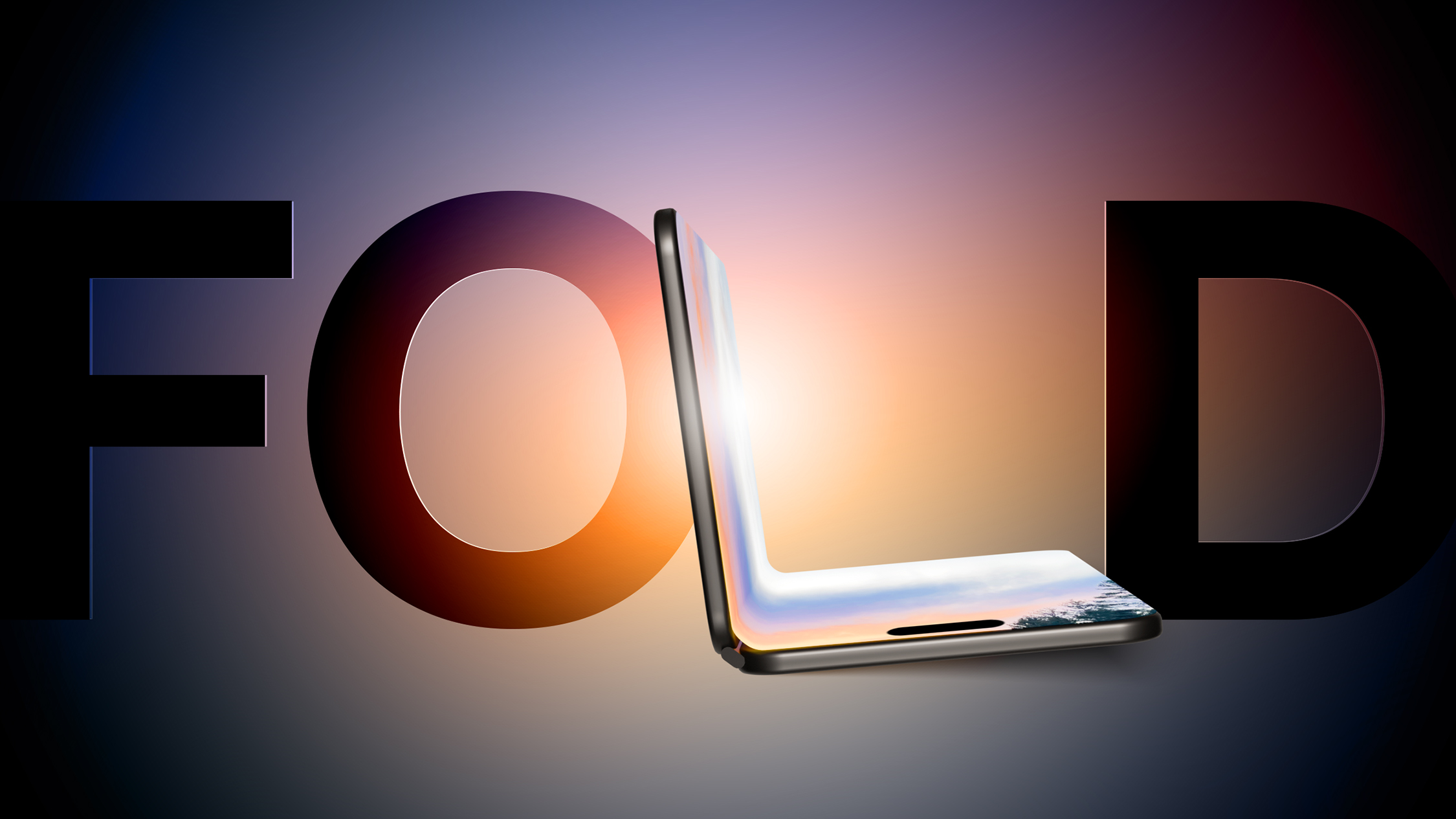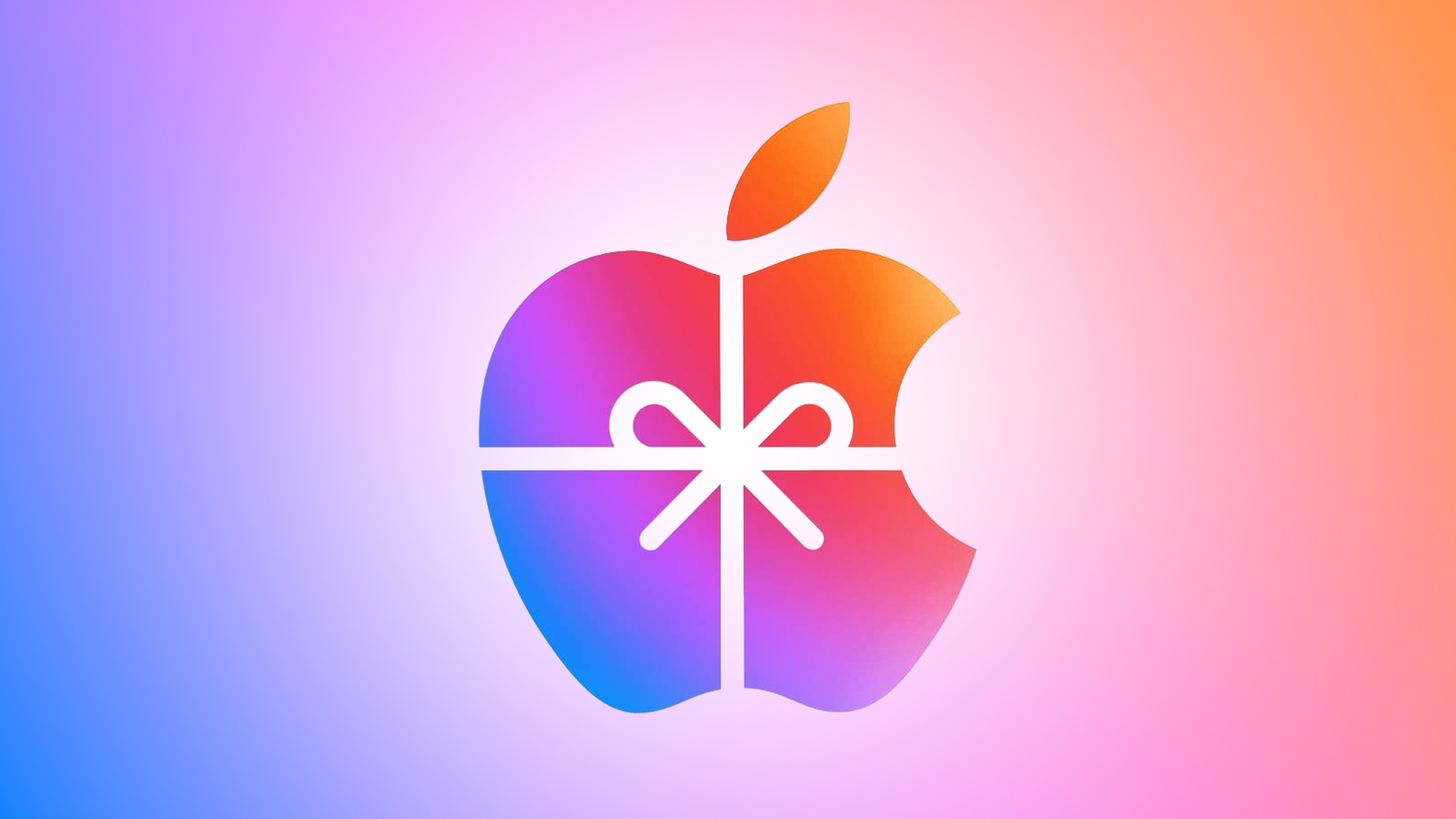Why Apple's Foldable iPhone May Be Smaller Than Expected

Using The Information's reported dimensions, content creator Ben Gaskin has shared some images and video of a printed version of the device (embedded below) that help envision what it could look and feel like in the hand, and also hint at Apple's design strategy – suggesting it is related to an unavoidable trade-off between the outer and inner displays of a book-style foldable.
A taller, phone-like outer screen generally leads to a more square inner panel once unfolded, which can be awkward for many types of content, like videos and two open windows in Split View. Conversely, a more rectangular inner display that better supports multi-window use inevitably forces the outer display to become wider or smaller, making it less comfortable to hold and less conventional in use.
Printed a passport-style foldable phone to see how comfortable this form factor is in real life.
— Ben Geskin (@BenGeskin) December 18, 2025
5.3-inch cover display
7.7-inch main display pic.twitter.com/5ae58Bc2Cq
Reports suggesting Apple has opted for a roughly 4:3 aspect ratio on the inner display strongly suggest Apple is favoring the latter approach. A 4:3 inner display would allow Apple to more easily transfer established multitasking features from iPadOS, such as Split View, into a foldable form. Here the unfolded state becomes the main mode of use, prioritizing a lightweight, ultra-portable iPad experience over a stretched-out smartphone.
That said, the iPhone Fold in its closed state is likely to feel more like a smaller everyday phone than other foldables on the market. Compare the rumored 5.3-inch outer screen size with the Samsung Galaxy Z Fold 7, which has a 6.5-inch front display, or the Google Pixel Pro Fold, whose cover screen comes in at 6.3 inches. Indeed, the iPhone Fold's front display would be smaller than almost all current major foldables, suggesting Apple is deliberately diverging from the "outer screen as primary phone" philosophy.
When choosing size, Apple will of course have a very deliberate product strategy in mind. While Samsung and Google largely treat the cover display on their foldables as a full-time smartphone screen, Apple may see the device's folded state as a secondary experience, suited to notifications, quick replies, and other glanceable interactions, while reserving the main experience for when the device is unfolded.
Comparison with the iPhone 17 Pro Max pic.twitter.com/MpJ80AwHXw
— Ben Geskin (@BenGeskin) December 18, 2025
However, software too has its limits. If users expect to browse, type extensively, or use third-party apps in the folded state, no amount of interface refinement will fully overcome a physically smaller canvas. That's what makes the comparison to the iPhone mini so notable – especially for a device expected to command a price premium of anywhere between $2,000 and $2,500, which would make it Apple's most expensive ever iPhone.
Ultimately, the rumored dimensions suggest Apple is betting on the value of the unfolded experience rather than the comfort of the folded one. The company seems willing to accept a smaller, less conventional outer display if it ensures the inner display can shine at the system and app level. If users come to think of the device not as a larger iPhone, but as an iPad that happens to fold into a pocket, the design trade-offs start to look far more intentional, and far more Apple-like.

What do you think of the alleged dimensions of Apple's rumored foldable iPhone? Let us know in the comments. The "iPhone Fold," which some are calling it, is expected to launch alongside the iPhone 18 Pro models in September 2026.
This article, "Why Apple's Foldable iPhone May Be Smaller Than Expected" first appeared on MacRumors.com
Discuss this article in our forums






















